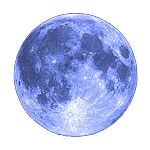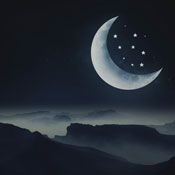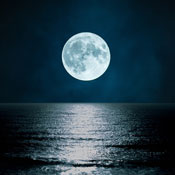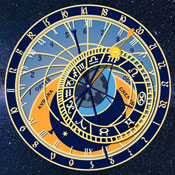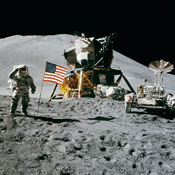Phases of the Moon
The phases of the moon or lunar phases refer to the changing appearance of the moon as it orbits the Earth. When viewed from Earth we see this regular cycle as the moon grows from a thin crescent to the fully illuminated disk of the full moon. From here it shrinks back to a crescent again before becoming a crescent again and then vanishing, waiting to be reborn during the next lunar cycle.
What causes moon phases?
These moon phases are caused by the relative alignment of the sun, moon and Earth. What makes the moon apparently shine in the night sky is that it is lit up by the rays of the sun.
When the moon is positioned on the same side of the Earth as the Sun we cannot see the illuminated side and is hence a new moon. At the opposite stage of the moon's orbit when the Earth lies between the Sun and the moon we can see the entirety of the moon's illuminated surface, i.e. a full moon.
It is worth pointing out that the Earth does not usually sit directly between the Sun and moon. In fact there is usually a small offset. However when the Earth does lie between the two a shadow is cast onto the surface of the moon which creates a lunar eclipse.
This whole process takes as long as it takes for the moon to orbit the Earth - around 29 and a half days, which is just short of a month. What this means is that the same phase of the lunar cycle occurs around a day earlier as each month passes.
The 8 phases of the moon
| Phase | Description | Image |
|---|---|---|
| New moon | The new moon occurs when the sun and moon are on the same side of the earth. We therefore see the side of the moon which is unlit and therefore, more or less invisible in the night sky. |  |
| Waxing crescent | This thin sliver is the first visible phase of the lunar cycle. It is most easily observed 2 or 3 days after the new moon when it becomes slighlty fuller. All the photos on this page show the moon in the northern hemisphere, with the right side of the moon illuminated during the waxing phases. This is the opposite way around in the southern hemisphere. | 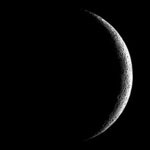 |
| First quarter | The name quarter can be a little confusing as we can actually see nearly half the moon (it is sometimes referred to as a half moon). It actually refers to the fact that the moon is a quarter of the way through its orbit of the Earth. As with the other waxing phases it is the right side of the moon which is illuminated in the northern hemisphere. |  |
| Waxing gibbous | Between the quarter and full moon is the waxing gibbous. The word gibbous comes from an old English word meaning humpbacked and refers to the moon's shape. This brightly lit phase is characterised by being greater than a semicircle but less than a circle in appearance. | 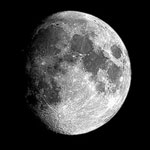 |
| Full moon | The full moon is in the opposite stage of orbit to the new moon, i.e. it is on the other side of the Earth from the sun. This means the whole of the moon's visible surface is lit up and appears as a disk in the night sky. And unlike other phases it is only in the night sky, shining between sunset and sunrise. |  |
| Waning gibbous | During the 14 days after the full moon, the moon slowly shrinks back to nothing. In essence the first four phases are reversed, although it is the otherside of the moon that is illuminated during the waning phases (the left in the northern hemisphere and right in the southern). The waning gibbous is the stage where the moon is between fully illuminated and half lit. | 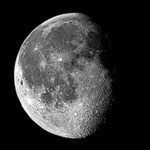 |
| Last quarter | When the moon has made three quarters of its orbit around the Earth it is said to be in the last (or third) quarter. Despite the name, approximately half the moon is illuminated - the left side (or the right side for Australia and countries south of the equator). | 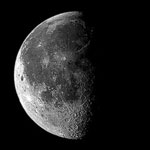 |
| Waning crescent | The last few days of the lunar cycle are occuppied by the waning crescent. The thin crescent of moon becomes smaller each day until disappearing to become a new moon a few days later. | 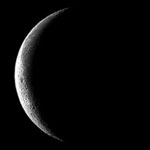 |
You might also like...
-

Traditional Full Moon Names
-

How does the moon affect the tides?
-

How long does a Full Moon last?
-

Fascinating Moon Facts
Moon phase today

Waning Crescent
Next full moons
-
3rd January, 2026
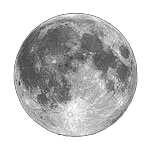
-
1st February, 2026

-
3rd March, 2026

-
2nd April, 2026

-
1st May, 2026

-
31st May, 2026
